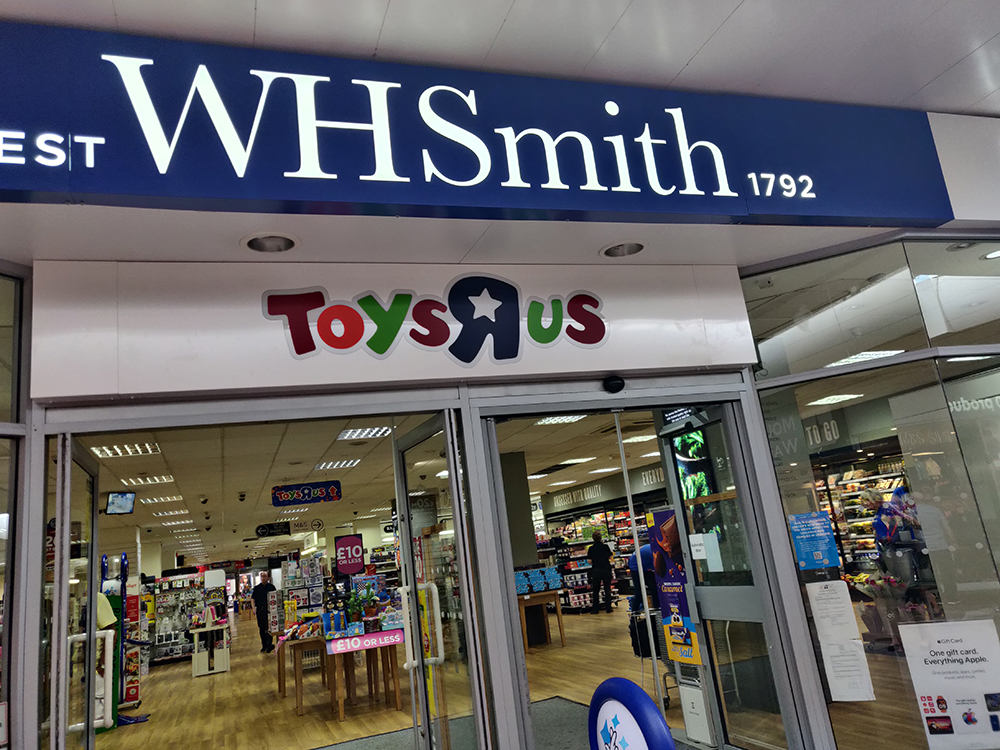With reports of Oxford Street looking like a ghost town in the early days of the Olympics, it is clear that sales patterns during major events are far from predictable. The 2012 Olympics have proven that demand does not always come from expected sources at expected times. And as a result, retailers have had to be more agile than ever.
Consumers expect personalised service regardless of when, where and how they engage with your brand and reward those retailers which can provide the appropriate level of service with a greater share of their disposable income. As the delivery of this service falls largely to the people within your business, a single approach to workforce deployment and management across the enterprise is therefore essential to consistently and profitably deliver on your brand promise.
The first step to thriving in this consumer-driven market place is to throw out the channel mindset and start viewing the business as consumers do – as a single brand with many touchpoints. This can completely change how you manage both your operations and your people.
For one thing, it‘s no longer all about the store. While stores still play a vital role, they aren‘t just for selling. Stores are increasingly showrooms where consumers go to see and touch products they research and buy online, as well as fulfilment and returns centres for online purchases. As such, stores are just one touch point for the wider brand experience, putting new emphasis on the scheduling of both non-service store tasks and new customer-facing duties. At the same time, stores must be protected by not allowing these other duties to detract from their selling efforts.
At the same time, contact and distribution centre staff are also critical to creating and maintaining the customer experience. It only takes one slip-up to lose the sale (and often the customer). Increasingly therefore, retailers are adopting an enterprise approach to workforce management to deliver the ‘channel-agnostic‘ brand experience.
There are two key elements to developing an enterprise workforce management (EWFM) strategy. The first is time and attendance and the second is forecasting, demand calculation and scheduling. Both can significantly impact the bottom line while improving revenue and the customer experience.
Time & attendance
Time and attendance tracking is the basic building block of EWFM which establishes the work period being tracked for compensation, performance measurement and incentives and verifies that the resources scheduled for the period are in place. By enforcing the labour schedule, e.g., preventing early clock-ins/late clock-outs, T&A systems also eradicate costly ‘pirated‘ hours, improve accuracy and relieve administrative burden.
? Forecasting, demand calculation and scheduling
In a nutshell, this means having the right people, in the right place, at the right time, in the right numbers to meet demand.
It all starts with an accurate forecast based on historical POS data, projected sales, transactions, receipts and other business drivers to define store level traffic patterns and inventory movement. These should be augmented with factors that can potentially alter these patterns, such as seasonal trends, promotions, product launches and special events, to produce a realistic forecast of demand for stores, contact and distribution centres. This leads on to the calculation of labour demand, i.e., for every 15 minute time slot, how many people, with which skills, are needed to meet expected traffic and achieve the desired level of customer service promised by the brand in each store or centre. By aggregating these forecasts and demand calculations, retailers can understand the demand on resources and inventory upstream in the supply chain.
Accurate labour forecasting and the corresponding labour demand are basic
RELATED STORIES
















